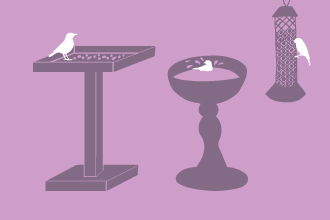Herons
At this time of year grey herons exchange their usually solitary lives for a bickering ‘tower block’ existence while they raise their families. Notoriously early breeders, the male herons will already be staking their claim to desirable nests in the heronry.
Colonies may comprise over 100 nests, but 20-25 is a respectable size. It isn’t unusual for a single tree to hold as many as ten nests. The birds prefer to use a ready-made nest from previous years, as it can take three or four weeks to construct a new one. There are around a dozen active heronries in Shropshire, scattered across the county.







